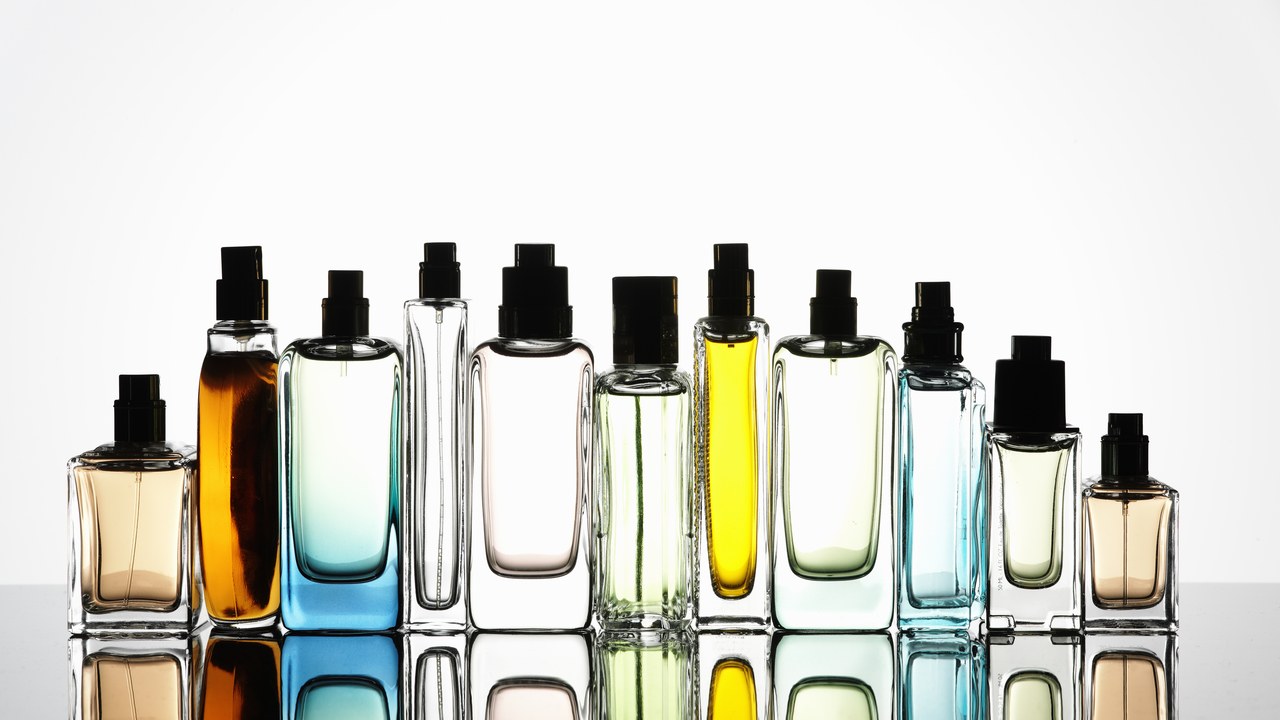Exposing Unlabeled Toxic Fragrance Chemicals
Breast Cancer Prevention Partners (BCPP) released a report exposing toxic fragrance chemicals in beauty, personal care, and cleaning products as a part of their Campaign for Safe Cosmetics. Major companies have been hiding unlabeled toxic chemicals in their products for years. For example, Unilever only gets fragrance disclosure from their suppliers at quantities greater than 100 parts per million while Johnson & Johnson gets full disclosure from their fragrance suppliers only by promising to keep it secret. Johnson & Johnson does disclose their ingredients for their baby lines.
Their report Right to Know: Exposing Toxic Fragrance Chemicals aims to highlight the current situation in the multi-billion dollar fragrance industry. We took a deep dive into the report to shed some light on the products we all see in stores every day.
How is the fragrance industry regulated? (Hint, it’s not.)
There is still a lack of any legislatively mandated labeling requirement for fragrance ingredients in personal care products, even though research indicates that chemicals commonly used by the fragrance industry can lead to health issues including endocrine disruption, birth defects, and cancer. The fragrance industry is entirely self-regulated, with no federal or state guidelines of any kind.
BCPP’s Right to Know Report
To further investigate this issue, BCPP tested 100 personal care products and 40 cleaning products including products targeted to children. Please note that the report only finds if the chemicals exist, but not the volumes at which these chemicals are present.
What were the key results?
- The vast majority of the chemicals used in the fragrances were the ones associated with chronic health effects.
- 32 of the products tested had hidden chemicals linked to cancer, asthma, reproductive toxicity, endocrine disruption and aquatic toxicity.
- Some communities are especially vulnerable to unsafe chemical exposures. Vulnerable and highly exposed populations include children, women of color, custodians, domestic workers, and cosmetologists.
- Consumers have good reason to wonder and worry about companies that are not being transparent about the ingredients in their products, especially when those products contain “fragrance”.
Top 10 Most Hazardous Products
Here are the 10 products that ranked the most hazardous in terms of the highest number of chemicals linked to cancer, hormone disruption, developmental or reproductive toxicity and respiratory effects:
- Just for Me Shampoo: A children’s shampoo, from a hair-relaxing kit marketed to kids of color by Strength of Nature.
- JLo Glow Perfume: A fine fragrance made by Designer Parfums and endorsed by music, television and film icon Jennifer Lopez.
- Kaboom with OxiClean Shower Tub & Tile Cleaner: Marketed as a “great cleaner that is safe and friendly to use,” made by Church & Dwight Co.
- Olay Luminous Tone Body Lotion: Made by Procter & Gamble and marketed for its anti-aging qualities.
- Axe Phoenix Body Spray: A body spray made by Unilever and marketed to young men using an overtly sexual ad campaign.
- Marc Jacobs Daisy Perfume: A Coty fragrance that carries the famous designer’s name and uses beatific, radiant young girls in its marketing campaigns.
- Taylor Swift Wonderstruck Perfume: A Revlon fine fragrance endorsed by the beloved pop country singer Taylor Swift.
- Organix (OGX) Shampoo: A Johnson & Johnson product marketed as part of a “green/sustainable” line of products to young women.
- Formulation 64-RP: An industrial cleaner/disinfectant used by custodians, firefighters, and others.
- White Linen Perfume: Created by Estée Lauder in 1978, marketed as “a beautiful perfume” for women young and old.
While the report does not quantify the concentration of each chemical, the presence of any unlabeled potentially harmful chemicals should be concerning for the wellbeing of ourselves and our children.
Source: https://www.bcpp.org/resource/right-to-know-exposing-toxic-fragrance-chemicals-report/


